Jagged-edged brass instruments, EDM pounding drum rhythms, and Afro-Cuban jazz are just some of the qualities that describe Manhattan based busking-band Too Many Zooz. Playing at the Sinclair in Cambridge, the trio managed to transform a stiff and gawking crowd into a frenetic mosh-pit deserving of the animals to which their title refers.
Who are Too Many Zooz? What began as a two man act between saxophonist Leo Pellegrino and drummer David Parks, disseminating their self-defined “Brass-house” style of big-band party music throughout the veins of New York City’s subway system, has in recent years become somewhat of an Indie-phenomenon due to increased attention on social media. Videos of the duo’s erratic playing style, characterized by Pellegrino’s charismatic foot-shuffle and Parks’ neon pink goggles, racked up millions of views on YouTube, catapulting the group from busking gigs to sold-out venues. Trumpeter Matt Doe joined the ensemble later, overlaying Pellegrino’s heavy sax-playing with a lightful rave-horn flutter. Beyond simple internet virality, Beyonce recruited them to play during a CMA awards performance, as Google used one of the tracks off their debut album, Subway Gawdz, in a commercial for their Pixel cell phone.
The visual attire and performances of the trio were as stunning as their musical freneticism. Parks’ busking drum is massive, like a futuristic musical gizmo fitted with a collection of wires, cymbals, and sawed-off xylophones. Known through videos and promotional material for his extravagantly kitsch and edgy dress-wear, Pellegrino appeared on stage like an archetypal greaser wrung through an art-school makeover. He wore Air Jordans, ripped jeans, and a beachbum overshirt filled with the tacky insignia of Cadillacs and pin-up models. In line with the air of enfant-terrible mischievousness he exuded, Pellegrino tore off this article of clothing mid-performance and twirled it over his head like a male stripper, all the while ripping animal-roars from the saxophone. Doe for the most part stood still amidst the commotion, methodically sprinkling some high-pitched and squeaky trumpet-timbres over the bassy influx of his partners. The trio’s onstage chemistry was indisputable, clashing different moods and gestural characters to create a legitimately engaging musical story.
Coming from a busking tradition, audience participation seemed a necessary aspect for a successful performance. Unfortunately, the crowd was perhaps what you would expect of a lowkey gastropub located next door to Harvard. The venue was populated with beanie-wearing thirty-year old hipsters, sporting plaid-shirts and lumberjack beards topped by feathery-fedoras. Electronic cigarettes waved in the air like extinguished torches. Relaxed might be one word to describe it, though such an atmosphere certainly didn’t provide well for the brand of rambunctious rowdiness in which Too Many Zooz specializes. Fortunately, Pellegrino and co. excel at riling up a crowd, weaving between wild and weaker dance numbers while never letting go of the energy that keeps the audience in motion. Aside from a minute-long break during intermission, the band never ceased playing music–each track flowed seamlessly into the other.
This organic progression was also characterized by the dynamic interactions between particular musical motifs and dance-patterns. The introductory track “Brasshouse Vol. 7 No. 68,” taken from Subway Gawdz, began with a primal backbone of reverberating bass-kicks upon which Pellegrino let loose an elephant-like shriek of saxophone mayhem. This elementary yet distinctive number returned during what appeared to be the concert finisher, an epic stadium anthem titled “Warriors.” Like an ode to the glitzy skyscrapers and urban landscapes these Zooz inhabit, Parks’ burning bass-track synchronized perfectly with Doe’s and Pellegrino’s brass, providing perhaps the most coherent and hype-inducing song of the evening. Smooth and catchy sax replaced the distorted noisiness which characterized Pellegrino’s earlier exertions. Screams erupted when the track seamlessly transitioned into the concert’s introduction, bringing the chaotic and charmingly rambunctious narrative full circle. If anything, Too Many Zooz is a master of building excitement, raising audience engagement through provocative dance gestures and signals.
Since the band had already gone an hour and a half strong without once stopping, the audience possessed the general consensus that the show was ending. But Doe returned some moments later playing a Moog synthesizer, a few mundane and moody keys that seemed antithetic to the dynamism the Zooz had previously exhibited. Pellegrino emerged wearing a pair of goggles, and carrying a new saxophone that traded grandiosity for glamour. The sax’s sparkling and galaxy-like surface fit well with the space-themed performance which Pellegrino gave upon stepping to the mic. A modulator warped his voice into the mechanical chanting of a robot from some ’80s-envisaged future, drawing on the German electronica of Kraftwerk.
Though the gesture was certainly original, and proof of Too Many Zooz’s knack for avoiding creative dead-ends, the effort felt flat in comparison to their previous efforts. If the show had ended with the glitzy bombardment of absolute energy that was “Warriors,” then this was some science-fiction afterlife in which the party-anthems and unrestrained animality met an irritatingly monotone conclusion. Many of the confused audience members expressed their bewilderment or disappointment.
This isn’t to say the evening ended sourly—after a welcomed bout of smooth jazz to which the audience grooved without much commotion, the Zooz transitioned into a second bombardment of hectic and brass-heavy music.
The night also saw Parks ceasing his drum routine to hand out plush animals which he threw toward his audience in whichever direction there was the most cheering. During the finale, Doe gave a sentimental farewell to all those who attended, including his parents who were present in the stands. Gestures such as these proved the legitimate and heartfelt core of Too Many Zooz’s ethos, a desire to satisfy which trumps their edgy and bad-boy antics—especially valued in a musical landscape where showy indifference often rules over pure entertainment.
Featured Image by Kaitlin Meeks / Photo Editor

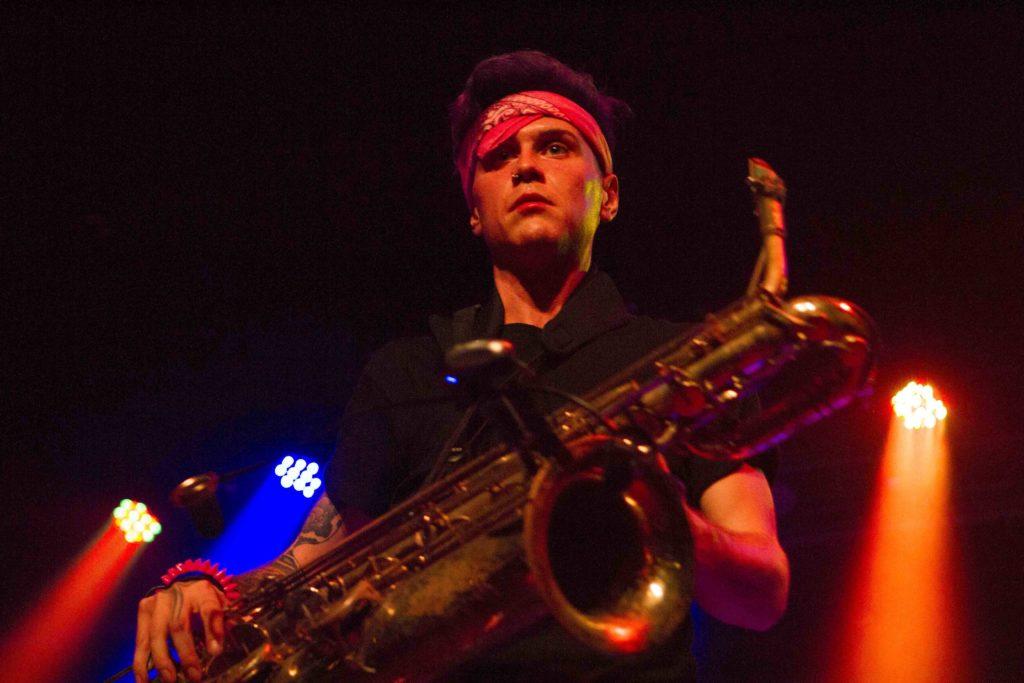

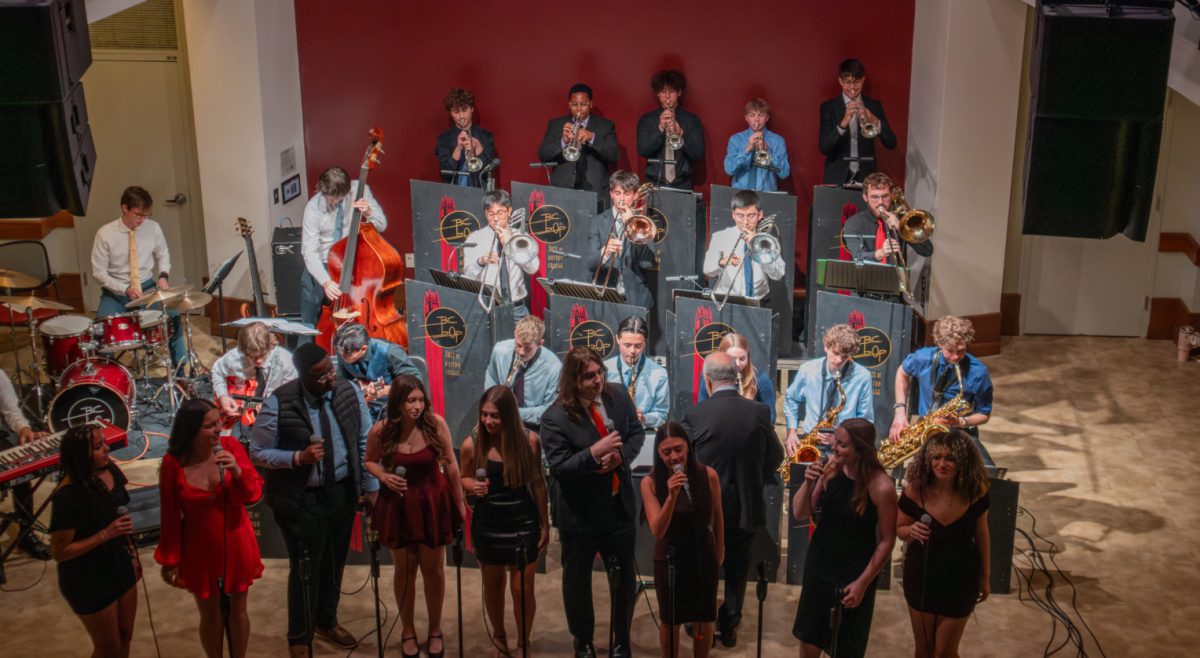
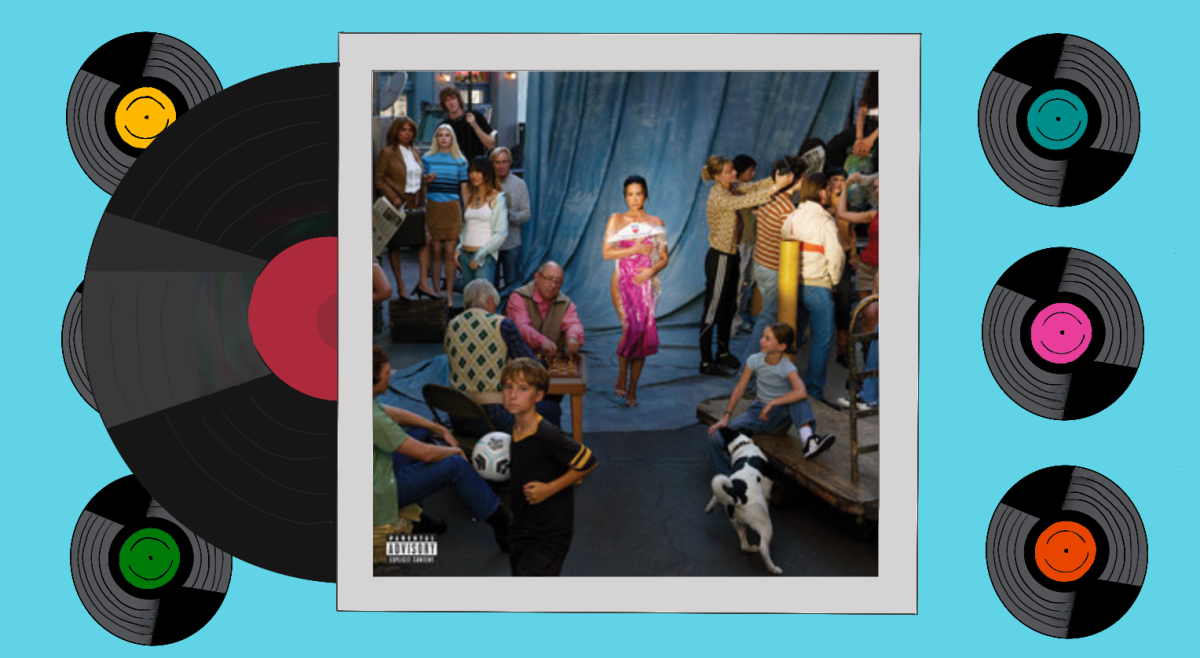
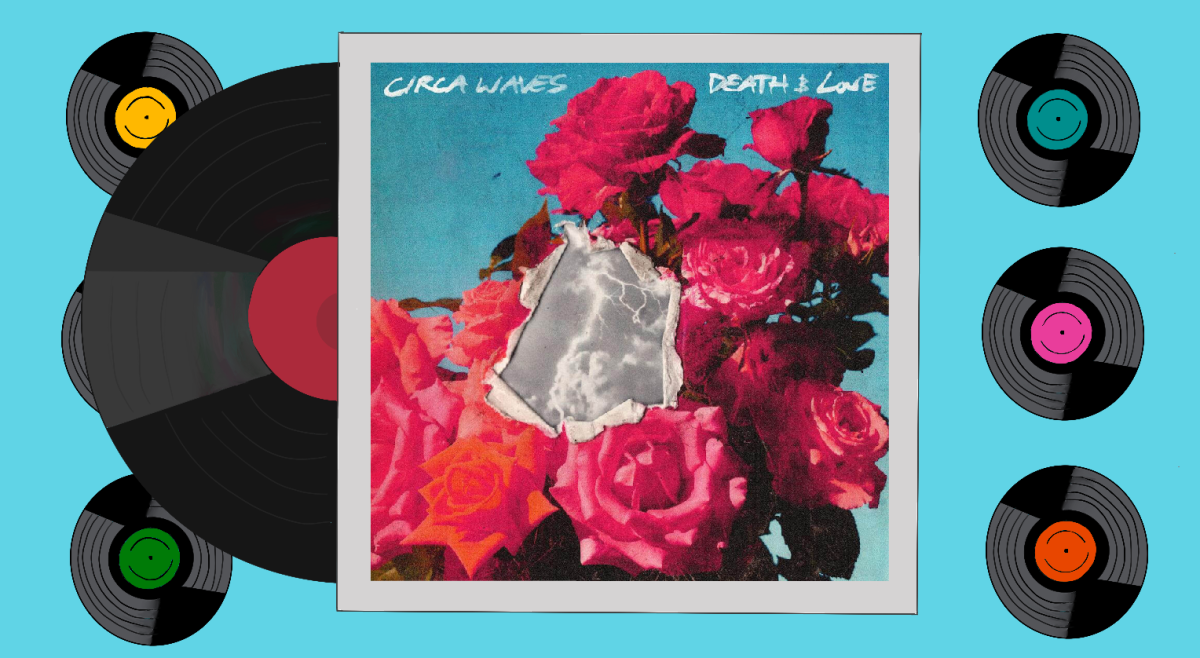
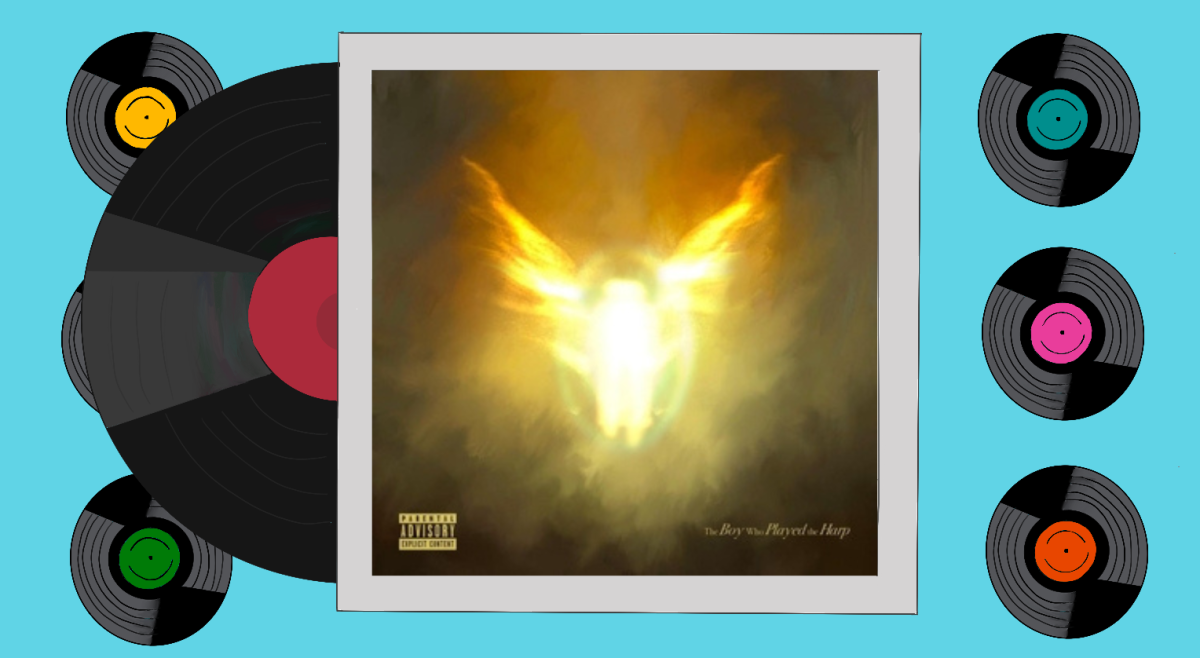

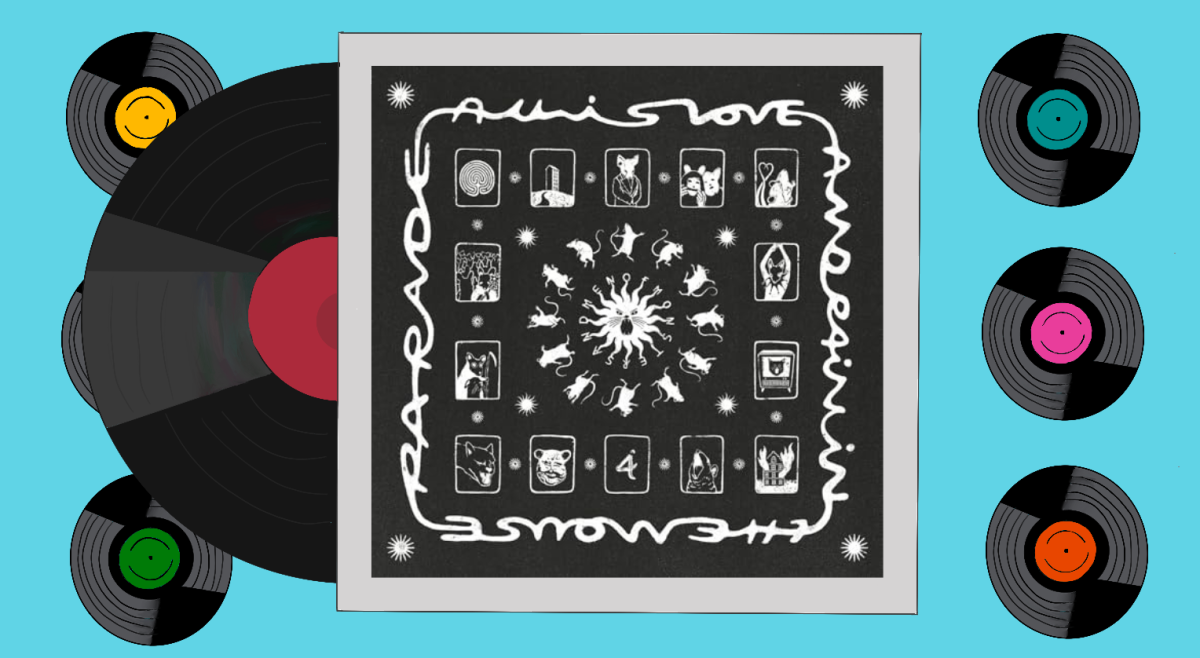
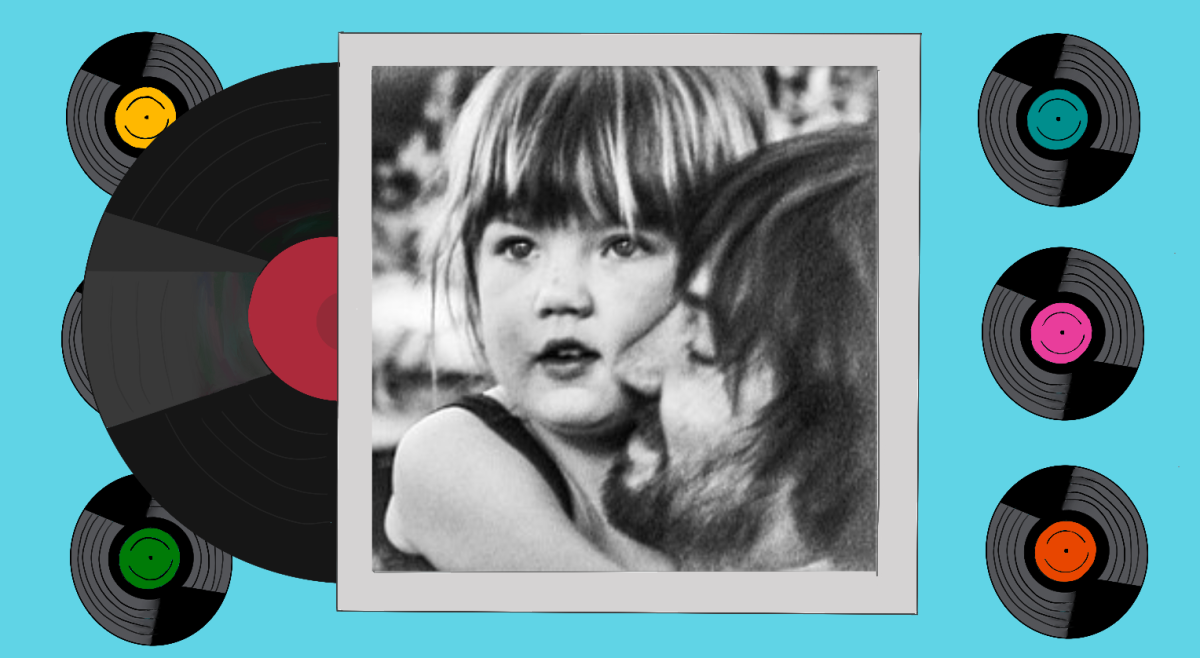
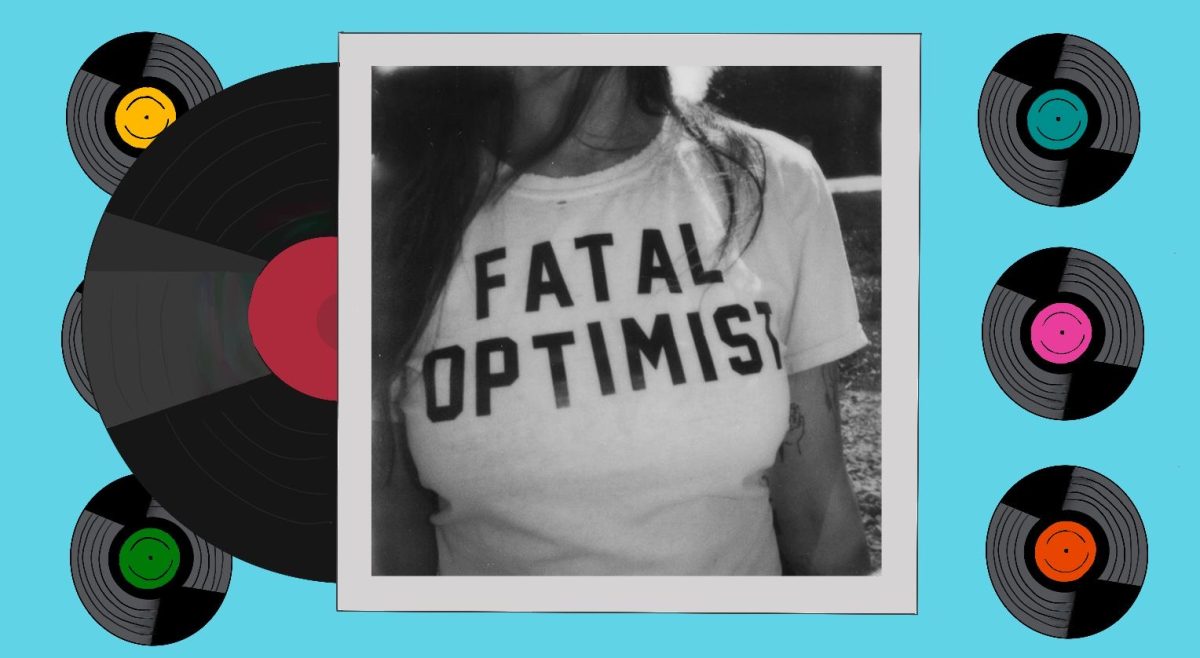

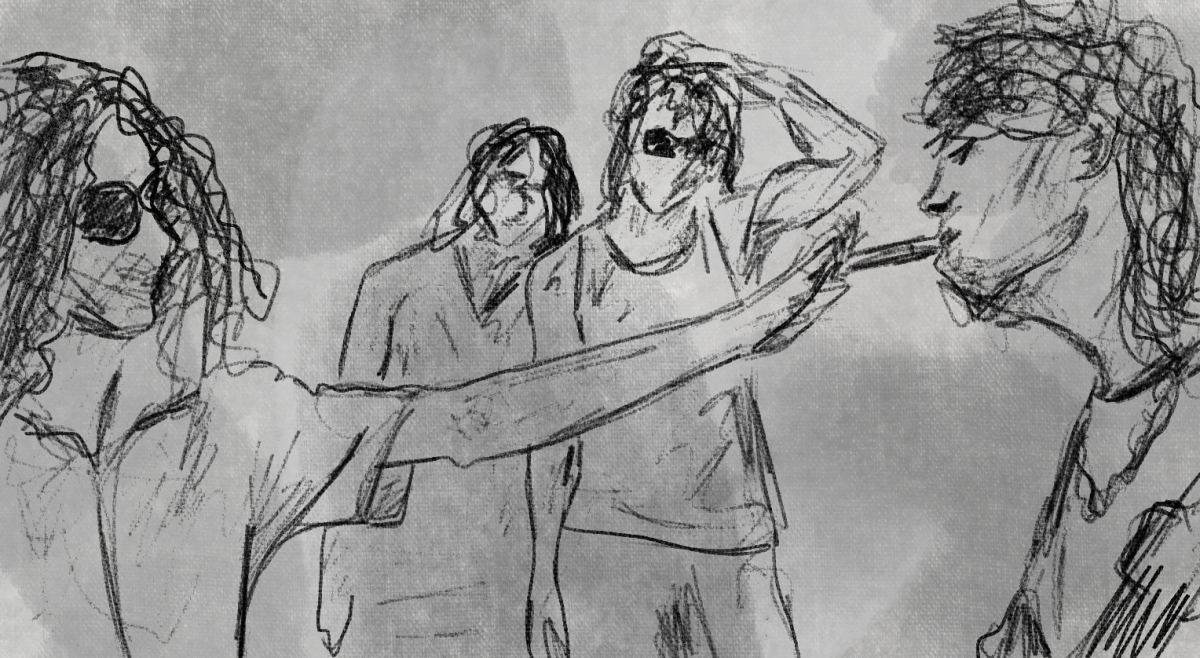
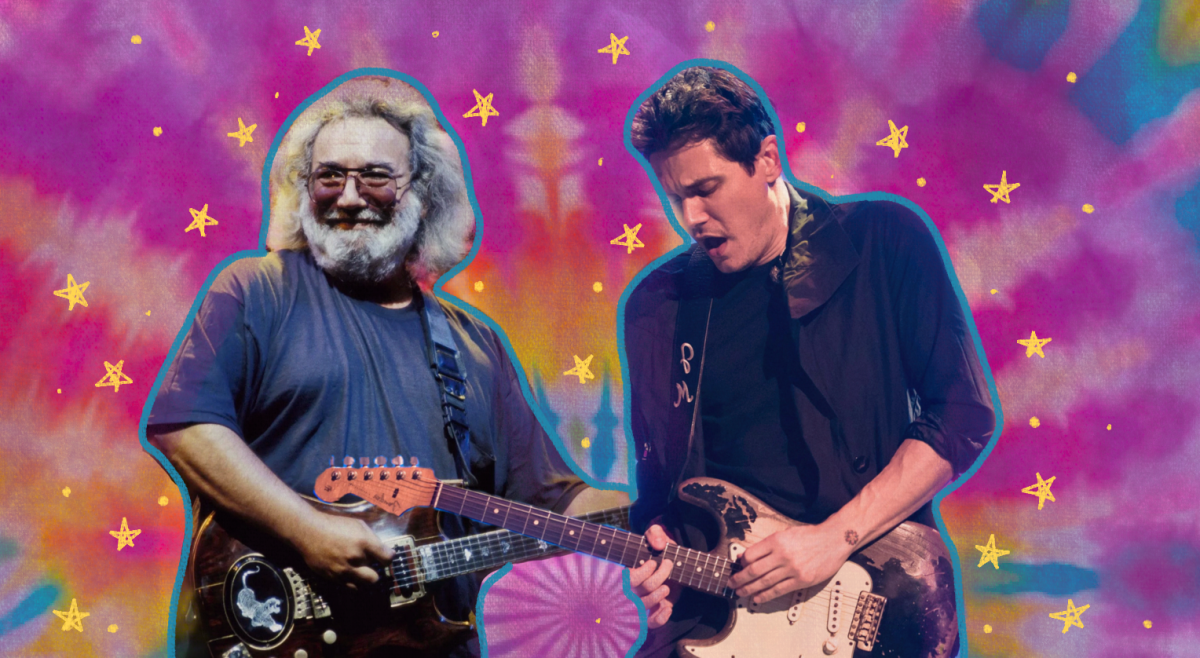

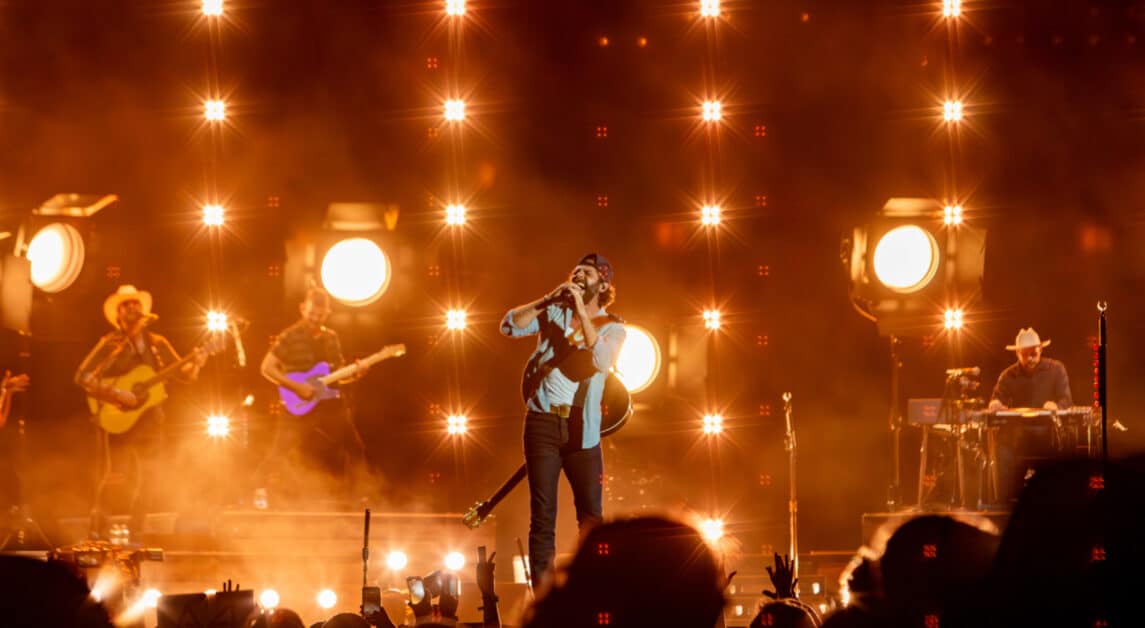
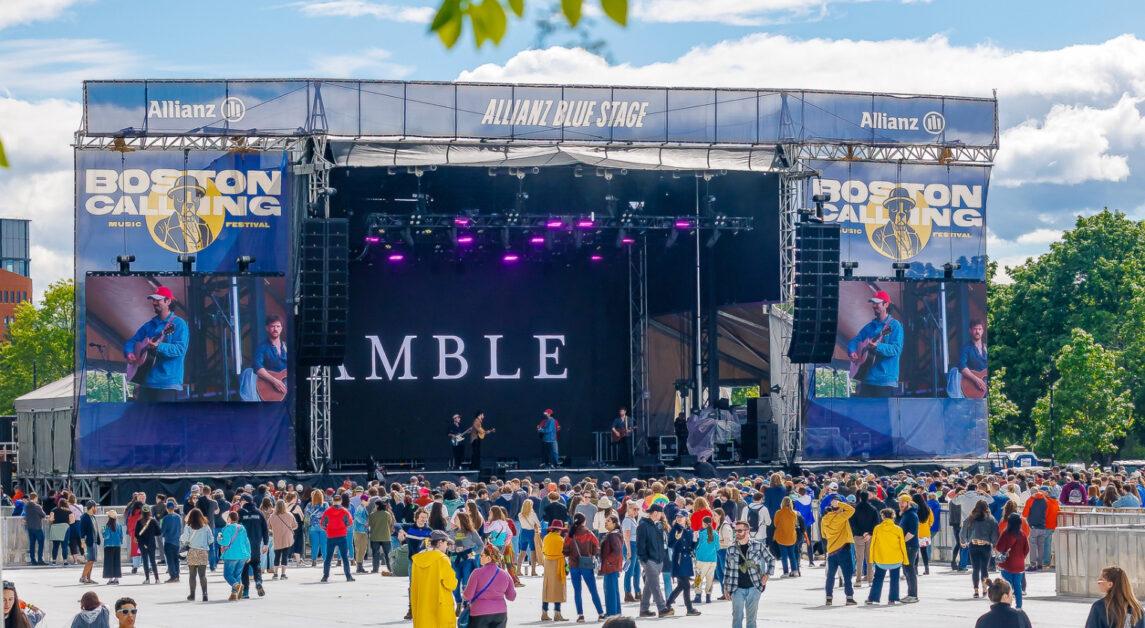

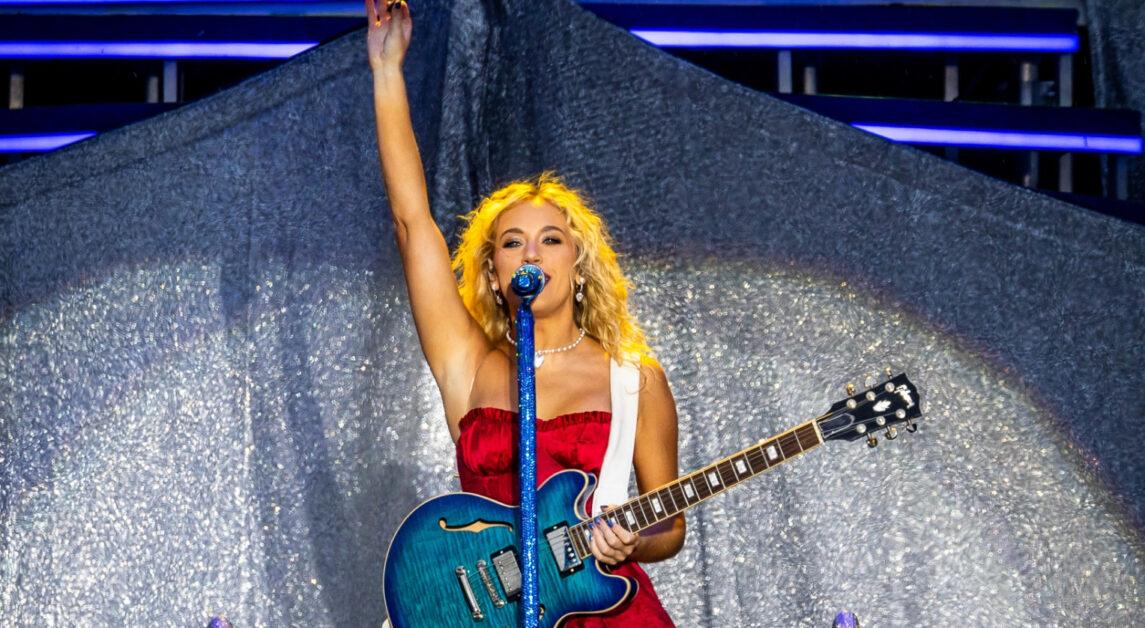

Kylo Raye • Jan 26, 2018 at 11:16 am
What about Matt? :/